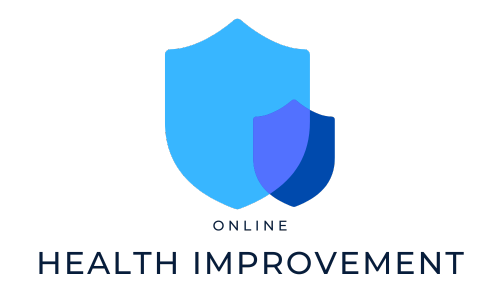Title: The Importance of a Pediatric Eye Exam: When and Why?
Introduction:
Regular eye exams are crucial for maintaining good vision and overall eye health for people of all ages, including children. In fact, pediatric eye exams are particularly significant as they can help identify and address potential eye issues that may otherwise go unnoticed. This article will highlight the importance of scheduling a pediatric eye exam, discuss when it should be done, and shed light on the reasons why it is crucial for the wellbeing of children’s eyesight.
When should a pediatric eye exam be conducted?
According to the American Academy of Ophthalmology (AAO), infants should have their first comprehensive eye exam between six and 12 months of age. Early detection of eye problems in children is vital because it allows for prompt intervention and increases the chances of successful treatment. After the initial examination, the AAO recommends that children should have another eye exam at the age of three, again before starting school, and then at regular intervals as advised by an eye care professional.
The Importance of a Pediatric Eye Exam:
1. Identifying potential vision problems:
Pediatric eye exams can reveal numerous vision issues and disorders that may negatively impact a child’s daily life, such as nearsightedness, farsightedness, astigmatism, amblyopia (lazy eye), strabismus (misalignment of the eyes), and more. Detecting these conditions early can significantly improve the chances of successful treatment and minimize the potential impact on a child’s development and learning abilities.
2. Monitoring eye conditions:
Children with known eye conditions, such as genetic disorders or previous eye injuries, require regular eye exams to monitor their condition. This helps ensure that any necessary interventions are initiated promptly to prevent further deterioration and improve the overall outcome.
3. Addressing eye-related learning difficulties:
Undiagnosed vision problems in children can cause difficulties in reading, writing, and overall learning. Pediatric eye exams can identify such issues and open the door to appropriate intervention, such as the prescription of corrective eyewear or vision therapy. Early intervention can improve a child’s ability to learn and participate fully in educational activities.
4. Preventing long-term consequences:
Certain eye conditions, if left untreated, can lead to permanent vision loss. Detecting and treating these conditions during childhood can help prevent long-term consequences and maintain optimal visual acuity throughout a child’s life. Regular pediatric eye exams play a crucial role in identifying and managing potential threats to a child’s eyesight.
5. Promoting overall health and wellbeing:
Pediatric eye exams are not solely limited to vision assessments. They also enable eye care professionals to examine the overall health of a child’s eyes and detect the early signs of systemic conditions that may affect the eyes, such as diabetes, hypertension, and certain infections. Early identification of these conditions can lead to timely intervention and improved overall health outcomes.
In conclusion, pediatric eye exams are of great importance in maintaining a child’s vision and overall eye health. From detecting potential vision problems to addressing learning difficulties and preventing long-term consequences, these exams play a pivotal role in protecting a child’s eyesight. Parents should ensure their children have regular eye exams as recommended by their eye care professionals. Prioritizing pediatric eye health sets the foundation for a lifetime of clear vision and optimal wellness.
